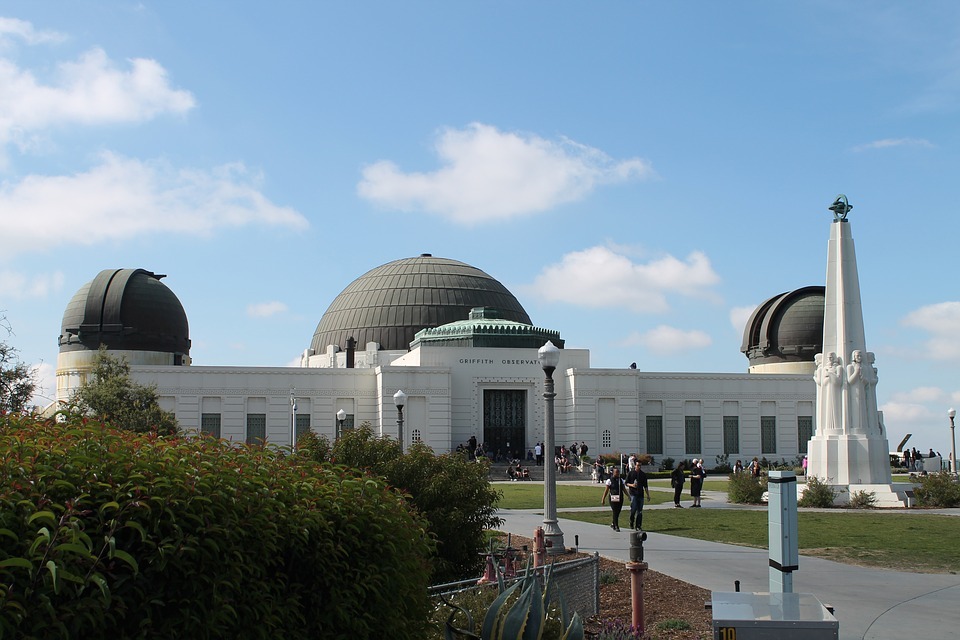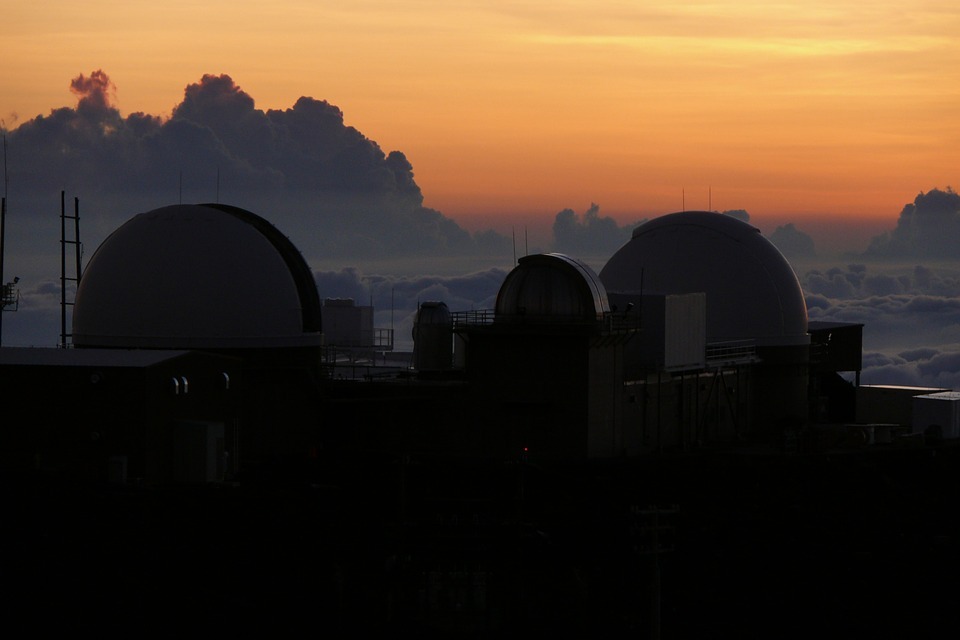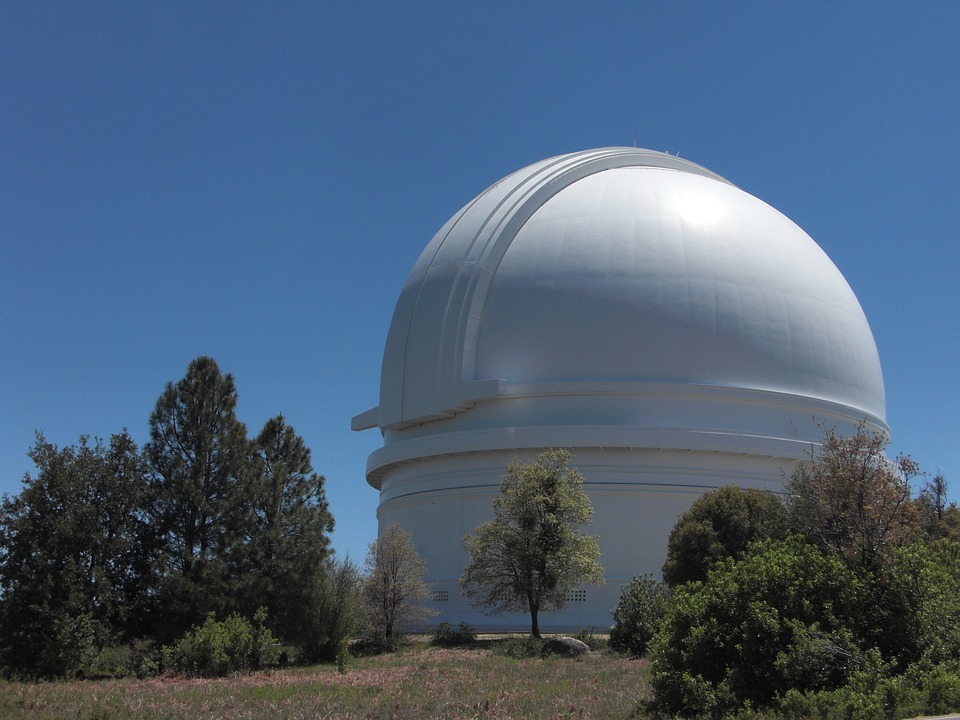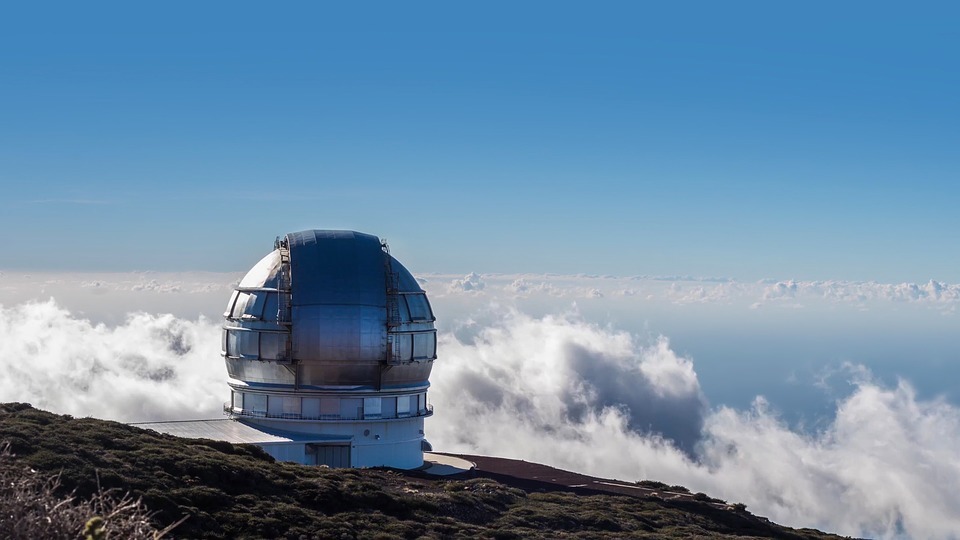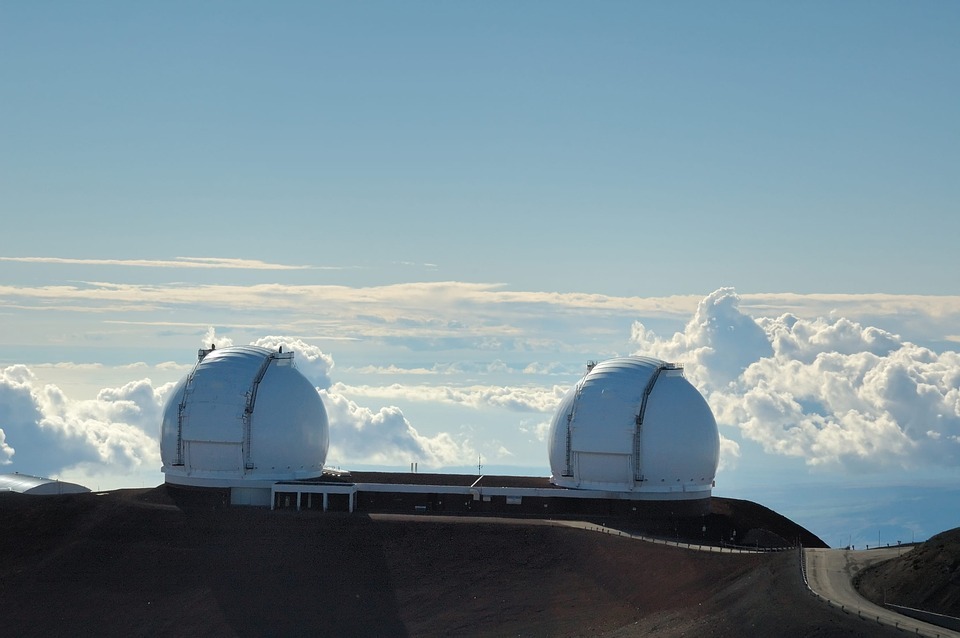Humans have always been curious about the heavens from the beginning of time, and every culture has unique heavenly stories that help to fuel the curiosity. Before telescopes were invented, a lot of devices had been created with the sole purpose of looking at the heavens. In the 1600s, however, a German-Dutch eyeglass creator by the name of Hans Lippershey produced the first telescope changing the way we looked into the skies forever.
Galileo Galilei – the father of the modern science later followed in the footsteps of Hans and created a telescope with about 3X magnification. Astronomy would never be the same again.
What Is An Observatory?
An observatory is a structure that contains instruments that are used to observe celestial objects. Such tools include telescopes, analyzing devices, radiation detectors, among many others.
There are three types of observatories; ground-based observatories, airborne observatories, and space-based observatories. Ground based-observatories are the most popular; hence they are the focus of this article. These are observatories that everybody can see as they are located on the Earth’s surface. Airborne observatories are balloons or airplanes with astronomical telescopes, while space-based observatories are those that are located in outer space.
Top Observatories Around The World
Paranal Observatory – Chile
Found in Chiles Atacama Desert at 2635 meters above sea level, Paranal Observatory is one of the best observatories in the world. It is home to some exquisite telescopes, and examples include the Visible and Infrared Survey Telescope for Astronomy, the Very Large Telescope (VLT), among many others.
Paranal Observatory is run by the European Organization for Astronomical Research in the Southern Hemisphere, and it’s one of the biggest optical-infrared observatories in the world.
Roque de los Muchachos Observatory – Spain
Roque de los Muchachos Observatory is based on the Island of La Palma in the Canary Islands, Spain. It was founded in 1985, and it has an elegant collection of telescopes. They include the Gran Telescopio Canarias, Liverpool Telescope (LT), Galileo National Telescope, and the Isaac Newton Telescope, among others.
Mauna Kea Observatories – Hawaii
Mauna Kea Mountain in Hawaii hosts several astronomical research facilities. At 14,000 ft. above sea level with dark skies, low humidity, and clean air, this dormant volcanic mountain is ideal for astronomical activities. This astronomy zone was established in 1967, and it’s home to some of the largest telescopes in the world.
Mauna Kea Observatories are built on land that is protected by the Historic Preservation Act due to its importance to the Hawaiian people and their way of life. Examples of telescopes you can find here include Subaru Telescope, United Kingdom Infrared Telescope, Sub-Millimeter Array (SMA), and Canada-France-Hawai’i Telescope (CFHT), among others.
South African Astronomical Observatory – South Africa
South Africa Astronomical Observatory was founded in 1972, and it’s the hub for infrared and optical astronomy in South Africa. It’s located approximately 370km from Cape Town and its run by the National Research Foundation of South Africa.
Examples of telescopes found on this fantastic facility include the Southern African Large Telescope (SALT), Alan Cousins Telescope (ACT), Infrared Survey Facility (IRSF), and 1.9m Telescope, among many others.
Sydney Observatory – Australia
Sydney Observatory is based on the Observatory Hill at the suburb of Millers Point, Sydney, Australia. This historic observatory has an elegant design and was completed in 1859. It’s one of the heritage-listed sites in Australia.
It’s very popular with tourists as it also offers a fantastic view of Sydney Harbor.
Major Telescopes Around The World
The Southern African Large Telescope (SALT)
This is one of the gigantic ground-based optical apparatus in the world. The Southern African Large Telescope is 30-foot tall and mainly deals with spectroscopic surveys. This telescope has a fixed-angle design, which means that it’s locked in one position.
This makes it impossible for you to view 100% of the sky, but you still get access to 70% of the observable sky.
Gran Telescopio Canarias (GTC)
This is the largest ground-based reflecting telescope in the world. Gran Telescopio Canarias is 34-foot, and its primary mirror is made up of 36 hexagonal sections. It took seven years to construct this exquisite telescope, and the first scientific observations were done in 2009.
Large Binocular Telescope (LBT)
Large Binocular Telescope is found at Mount Graham Observatory 3,300m above sea level in Arizona, in the United States. This beauty is one of the best telescopes in the world, and it uses two 330-inch mirrors.
Keck I & Keck II
Lawrence Berkeley Labs and the University of California began designing Keck 1 and Keck 2 telescopes in 1977. Their construction started in 1985, but they became operational in 1993 and 1996, respectively. They are both 394 inches wide, making them one of the largest telescopes in the world.
Subaru Telescope
Subaru Telescope has one of the world’s most significant monolithic primary mirrors. The telescope is 320 inches wide, and it’s a Ritchey-Chretien reflecting telescope. The construction of the Subaru Telescope began in 1991 and was completed in 1998 under the supervision of a group from the University of Tokyo known as the National Astronomical Observatory of Japan.
Conclusion
Observatories and telescopes help us to understand the universe. They have also made it possible for vital scientific goals to be realized over the years. More powerful telescopes are still being created, which means that this fantastic instrument will continue being an icon of science.

